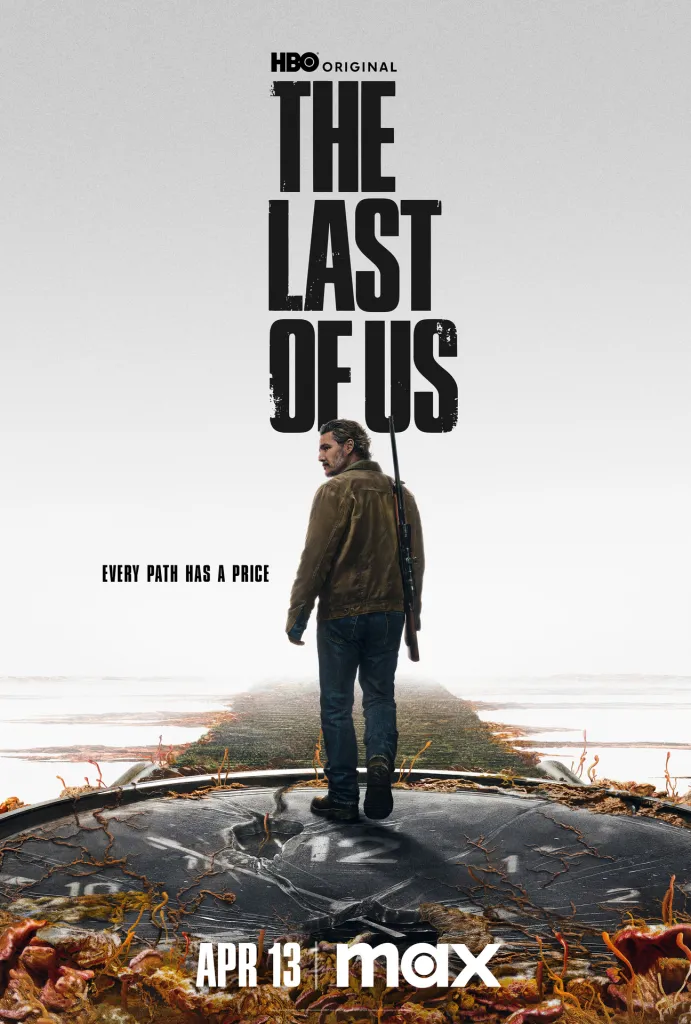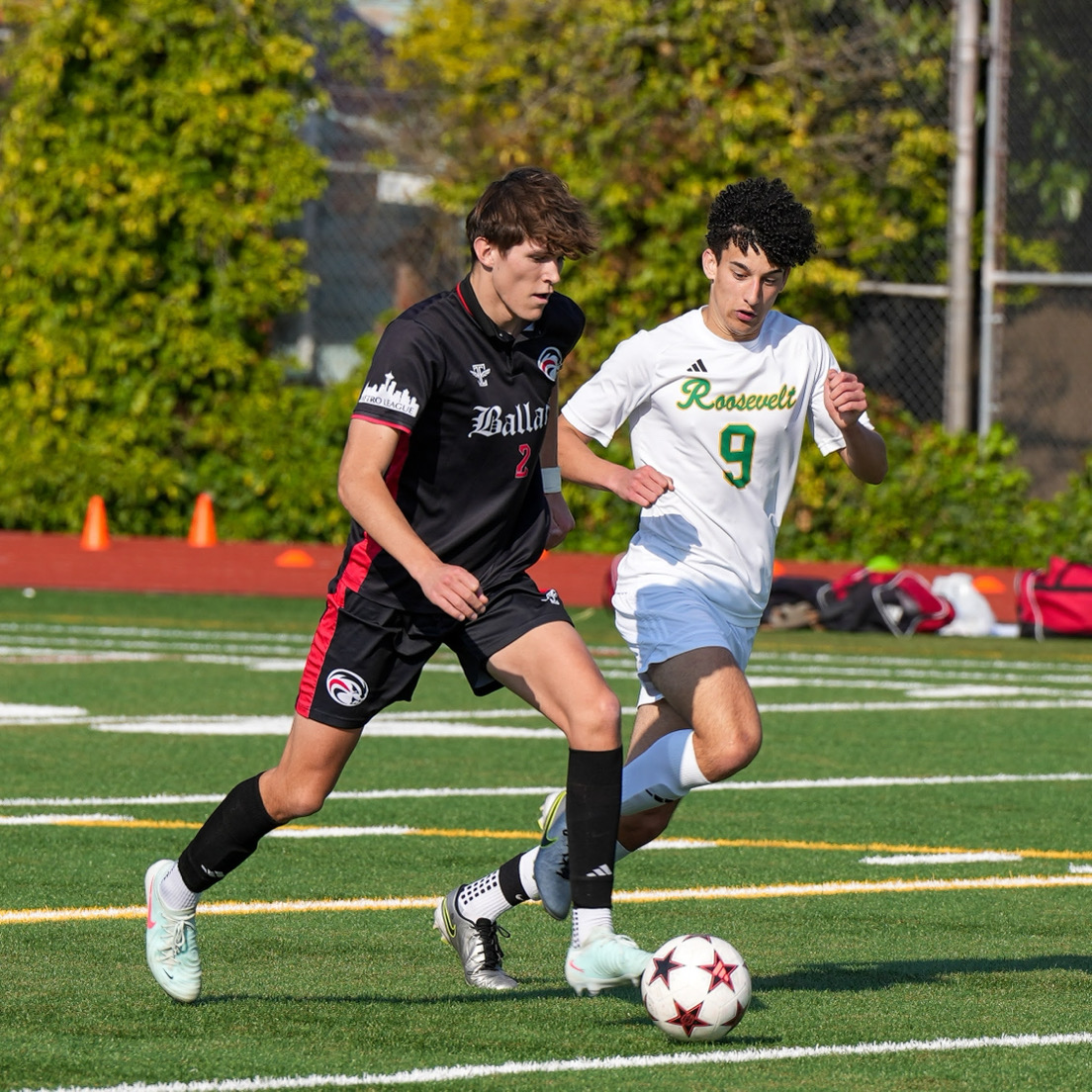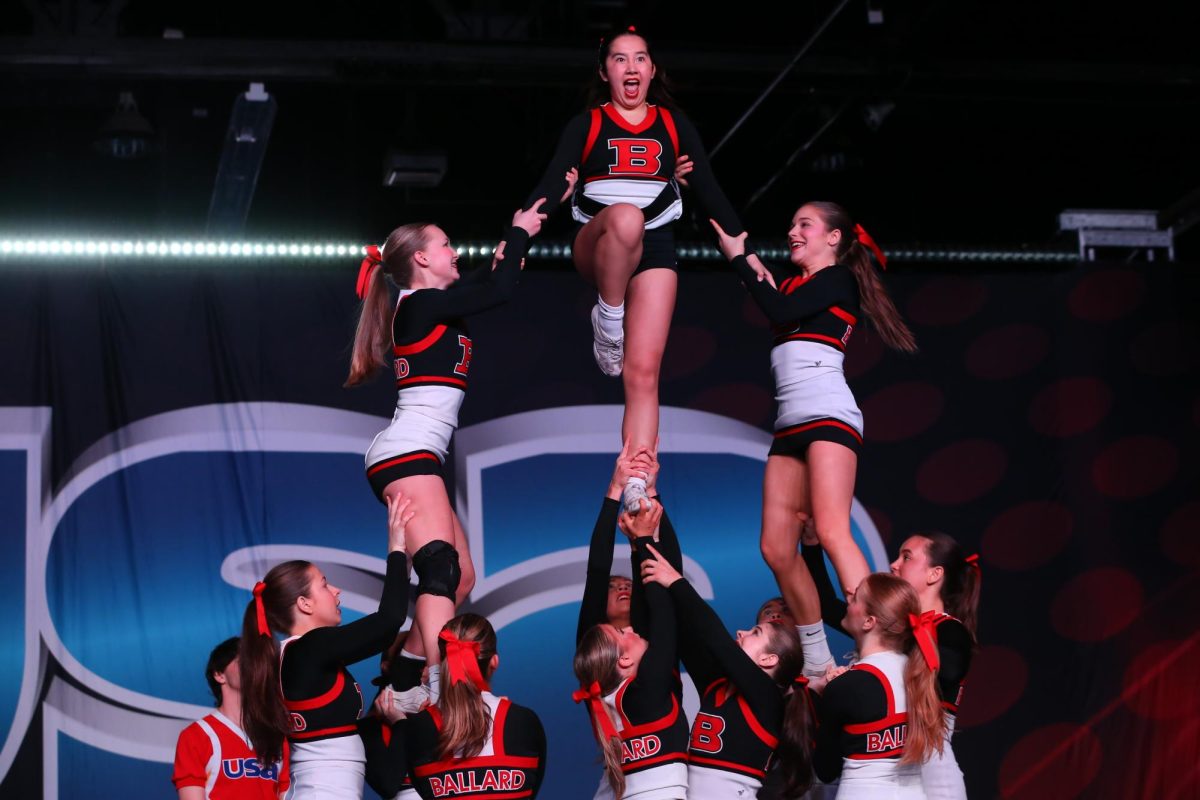Claire Moriarty, Opinions Editor
Originally published June 22, 2017
The Netflix original series “13 Reasons Why” is, to put it bluntly, problematic. I say this even though I truly hate to speak against Jay Asher, who wrote the book. I’ve met him and you’d be hard-pressed to find a more amiable man.
I’m also not trying to come after people who watch the show. In terms of direction and overall quality, it’s supposed to be excellent. Anyway, I get it–you see something new on Netflix and think, Why not give this a try? And the next thing you know you’re hooked.
But “13 Reasons Why” is problematic, and if you’re going to watch it, you should at the very least be aware of this fact, and of the ways in which the show is harmful.
This is likely common knowledge by now, but the plot revolves around a community of high school students in the wake of a classmate’s suicide. Before her death, Hannah Baker recorded a series of 13 tapes, on which she explains in excruciating detail what drove her to kill herself. Tied to every tape is a person who she claims played a role in her decision. 13 people, 13 terrible occurrences. And because that isn’t dark enough, the show also tackles themes such as bullying, sexual assault and teen substance abuse.
The tapes circulate among the people. Drama ensues.
There are countless sets of media guidelines pertaining to how to cover suicides, because certain types of coverage can actually cause some individuals, especially adolescents, to become more likely to commit suicide. This is due to a scientific phenomenon known as suicide contagion. Madelyn Gould, professor of epidemiology in psychology at Columbia University, stated in an article that the risk of suicide can increase in people 15 to 19 years of age following that of another person. This should have been cause for alarm for the showrunners, because the series’s target demographic consists largely of people within that age group.
According to reportingonsuicide.org, when covering suicide it’s bad practice to explicitly describe the suicide or present it in a dramatic or graphic way. This sensationalizes the death and can increase the risk of suicide contagion.
The season finale of “13 Reasons Why” depicts Hannah Baker slitting her wrists with a razor blade. The scene is dramatic and extremely graphic. And it’s alarmingly effective, because it’s so different from watching someone get killed in a slasher movie or something. This is a portrayal of a suffering teenager taking her own life.
Episode 13 is a roller coaster of unpleasant scenes. Earlier in the episode, Hannah seeks help from the school counselor. Her visit to the counselor’s office was a despondent and devastating scene, but the worst part of it—worse than watching her tears fall and hearing her say that she wants everything to stop—was that she left the office no better off than she was when she entered.
The fact that professional help did nothing for her puts out an extremely negative message. There’s a particular stigma that often surrounds mental health professionals, and instead of feeding that by propagating the idea that seeking help is pointless, the media should try to eradicate it with positive portrayals and encouraging people who may identify with what Hannah felt to reach out, because doing so can be lifesaving.
Lists of trigger warnings for “13 Reasons Why” have been circulating around the internet lately, posted by concerned or offended individuals. Netflix itself has added a trigger warning to its show, which is a big step in the right direction, but it doesn’t erase the harmful messages of the show.
Under no circumstances should suicide be used as a plot device, be it for a TV show, a book, or a movie. If the showrunners were trying to educate viewers about the topic and presented it in a more sensitive manner, that might have been fine. But they didn’t do that.
So be careful with “13 Reasons Why.” Pay attention to who you recommend it to and keep in mind that there are many aspects of the show that could be really painful for some people.
























